
Product information
La Ca’ Növa Barbaresco 2019
$103
Description
Excellent bright fruit, fine dusty tannins, long with a beautiful flavour profile, poised and delicious. Thirst-quenching drink. Red fruits, with a little, orange citrus, slight savoury note. Great balance here. A joy. Tasted 30 May 2022.
La Ca’ Növa 2019 Barbaresco will tempt readers with its effusive aromatics and compelling Nebbiolo fruit, but a few years in bottle are advisable to help the tannins soft. Medium in body and wonderfully translucent, the 2019 is such a great example of what Barbaresco should be. Bright red fruit, orange peel, white pepper, mint and crushed rocks lend striking energy throughout. Vibrant saline notes support the dry, bracing finish. Vineyard sites are Ovello, Cole and Loreto.
Antonio Galloni, Vinous 93 Points
In stock
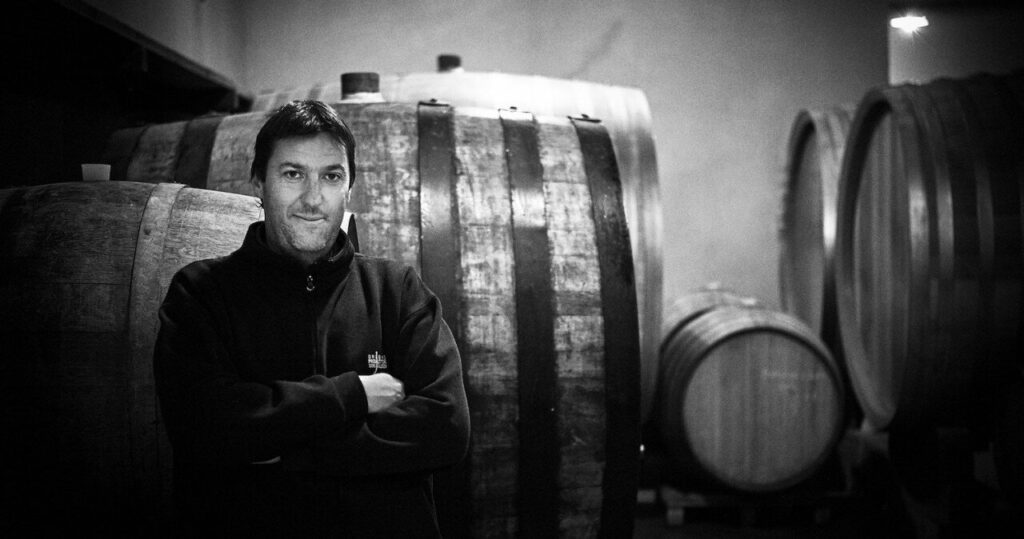
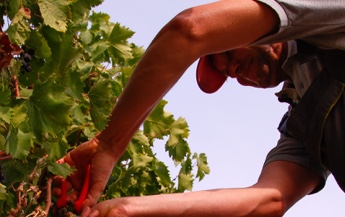
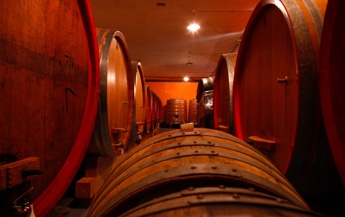
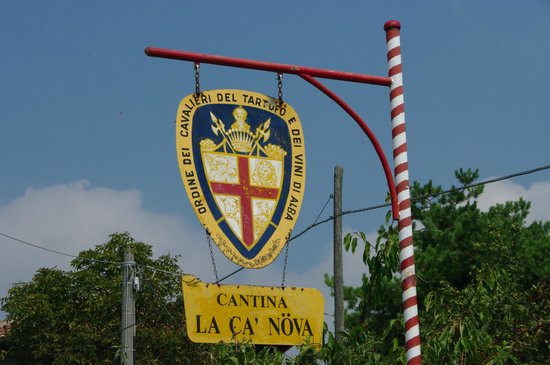
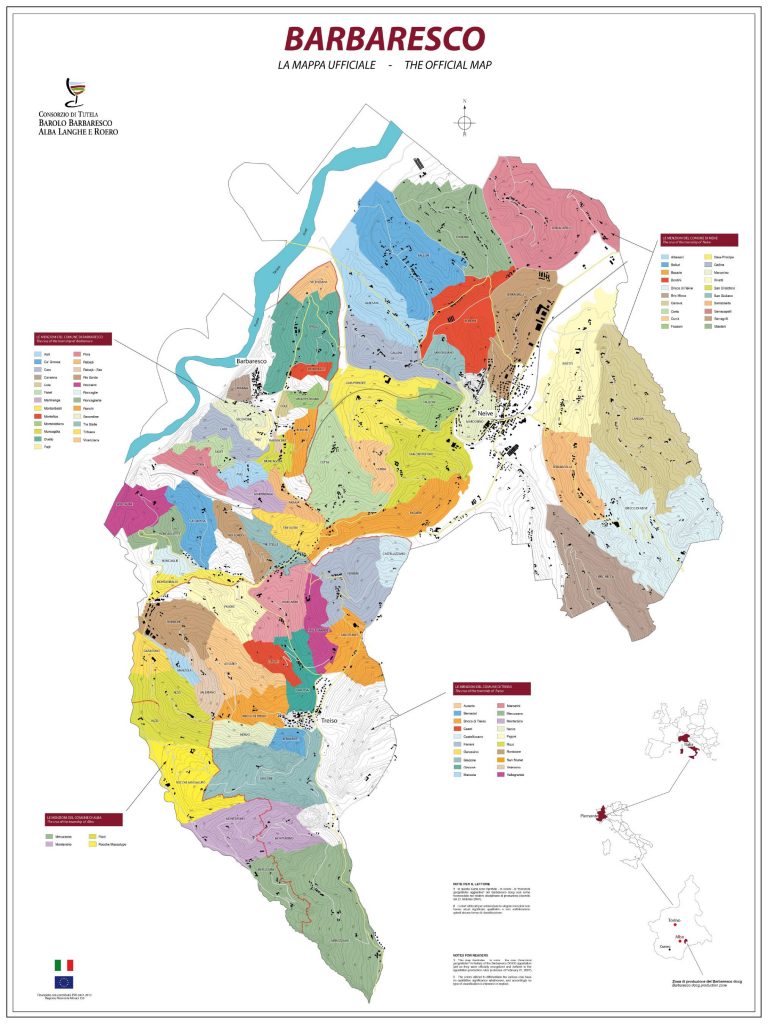
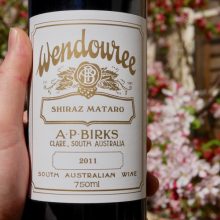

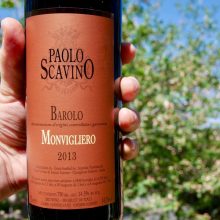

You must be logged in to post a comment.